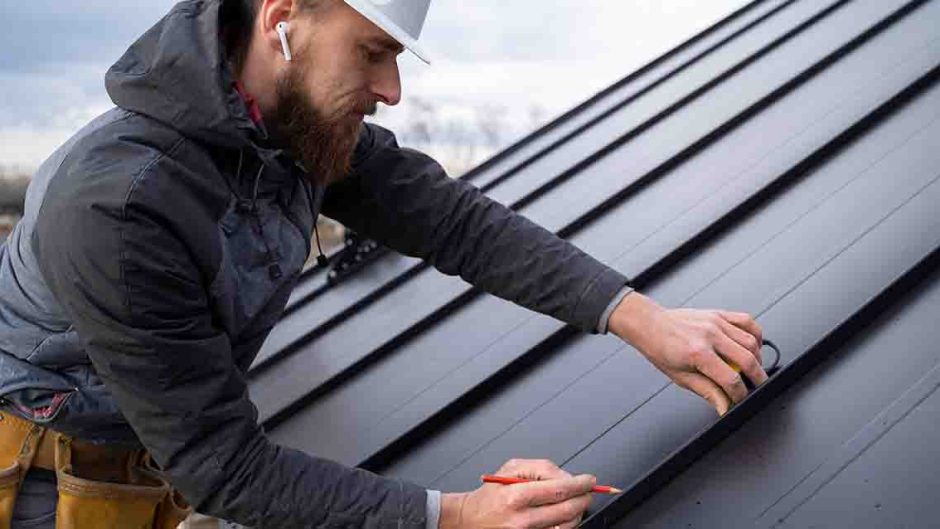Your home is your sanctuary, and when severe weather strikes, your roof is the first line of defense. From pounding rain and gusty winds to hail and snow, Mother Nature can throw a variety of challenges at your roof. Ensuring that your roof is well-prepared for severe weather is crucial in maintaining the integrity of your home. In this article, we’ll explore the top five tips to help you weather the storm and safeguard your roof against the elements.
1. Regular Roof Inspections
Regular roof inspections are the cornerstone of a robust storm preparation plan. Schedule a professional inspection at least once a year, and especially after extreme weather events. Trained experts can identify any existing damage, assess the overall condition of your roof, and recommend necessary repairs. Catching minor issues early on can prevent them from turning into major problems during severe weather. Additionally, inspect your roof yourself periodically, looking for loose or damaged shingles, missing granules, or signs of water damage in the attic.
2. Trim Overhanging Branches
Overhanging branches may provide shade, but during a storm, they can become a serious threat to your roof. High winds and heavy rain can cause these branches to break and fall, causing extensive damage. To prevent this, regularly trim overhanging branches, especially those directly above your roof. This not only safeguards your roof but also reduces the risk of branches damaging other parts of your property, such as windows and siding. By taking this proactive step, you minimize the chances of storm-related roof damage.
3. Reinforce Roof Flashing
Roof flashing is the material used to seal gaps and prevent water from entering vulnerable areas, such as around chimneys, vents, and skylights. Over time, flashing can deteriorate due to exposure to the elements, leaving your roof susceptible to leaks. Before severe weather hits, inspect the flashing and replace any damaged sections. Consider using high-quality, weather-resistant materials to enhance the durability of your roof’s flashing. Reinforcing these vulnerable points ensures that your roof remains watertight, even in the face of heavy rain and wind.
4. Secure Loose Shingles
Shingles are your roof’s first line of defense against the elements, and if they’re loose or damaged, they can compromise your roof’s integrity. Regularly check for loose or missing shingles and replace them promptly. Consider investing in impact-resistant shingles, which are designed to withstand severe weather conditions, including hail. Properly securing your shingles not only protects your home but also extends the lifespan of your roof. It’s a small investment that can pay off significantly when faced with the wrath of a storm.
5. Invest in a Quality Roof
When it comes to preparing your roof for severe weather, nothing beats investing in a high-quality, durable roofing system. If your roof is nearing the end of its lifespan or has sustained significant damage, consider a roof replacement with modern, weather-resistant materials. Options like metal, asphalt, or synthetic roofing materials offer superior durability and resistance to the elements. While it may be a substantial upfront investment, the long-term protection and peace of mind they provide during severe weather events make it a worthwhile expenditure.
Conclusion
Preparing your roof for severe weather is a proactive measure that can save you from costly repairs and headaches down the line. From regular inspections to investing in quality materials, taking these steps ensures that your roof is well-equipped to weather any storm Mother Nature throws its way. By implementing these top five tips, you’re not only safeguarding your home but also investing in the long-term durability of your roof. Remember, a well-prepared roof is your best defense against the unpredictable forces of nature.



